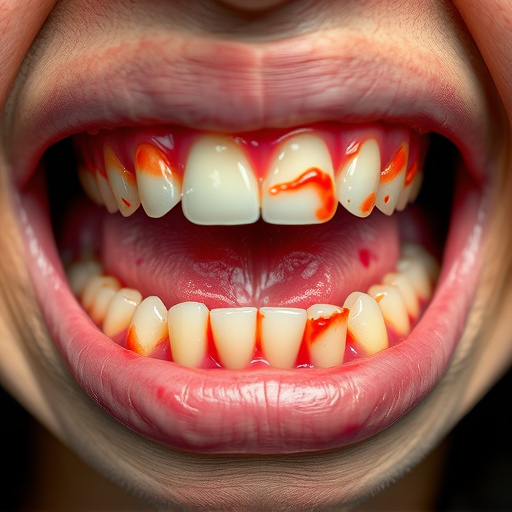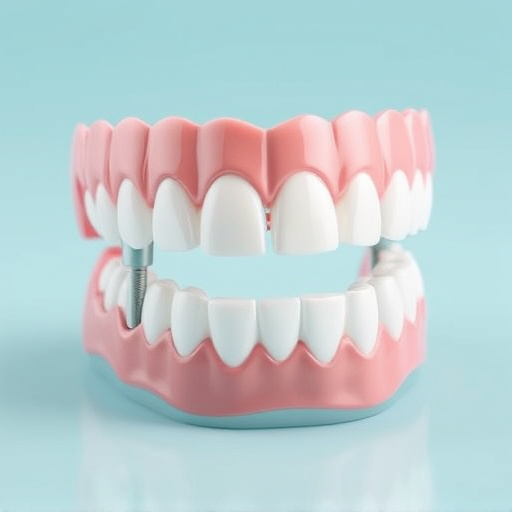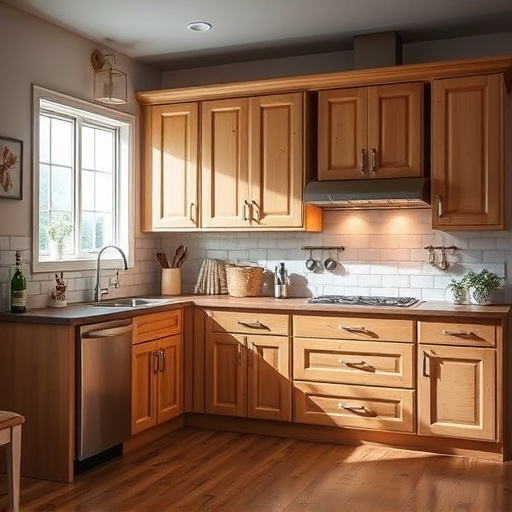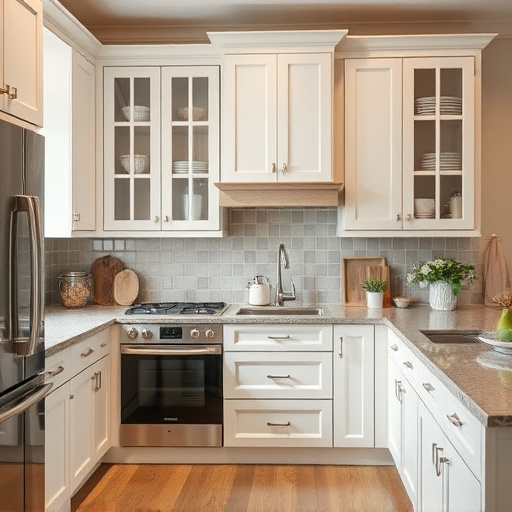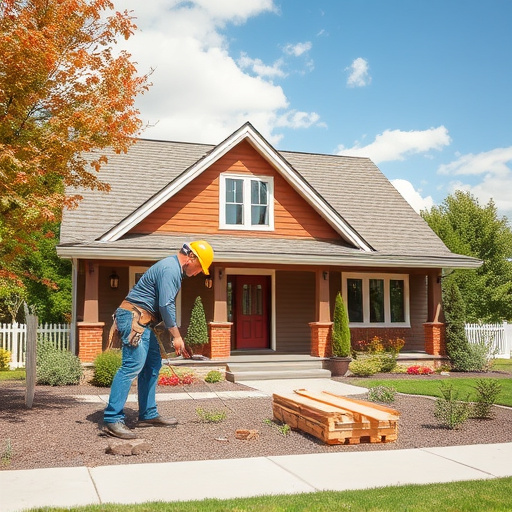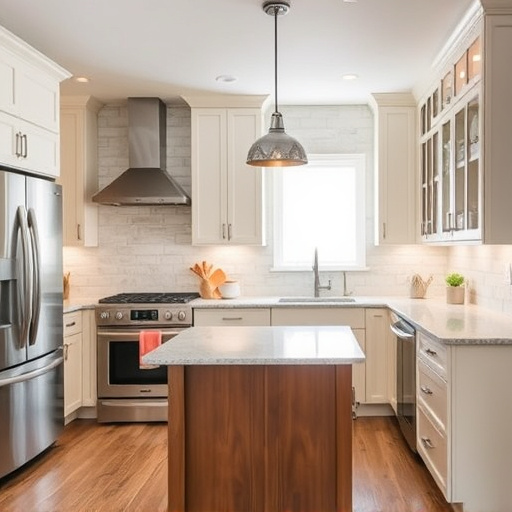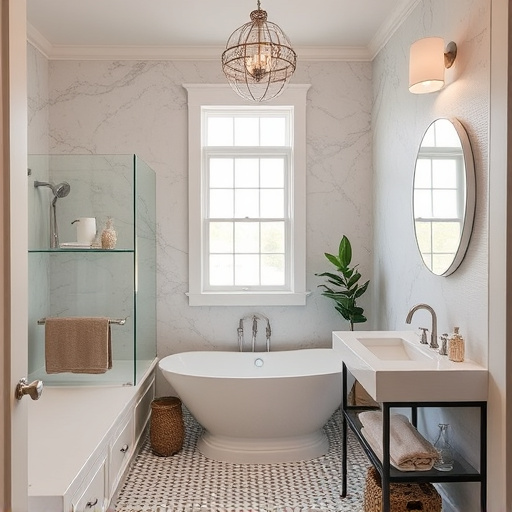Before laying area rugs after flooring replacement, prepare subfloors by filling gaps, patching, and leveling. For exterior finishes, allow enough curing time due to oil-based paint's impact on rug adhesion. Place sturdy rugs in high-traffic areas, using lighter ones for surrounding regions for visual balance. Secure rugs with non-slip pads to prevent shifting, aligning edges perfectly with new flooring. Regularly measure, cut, and rotate rugs to maintain their quality and blend with renovations.
After completing flooring replacement, layering area rugs adds style and warmth to your space. Before rug placement, understand the importance of proper floor preparation. Strategize layering techniques for optimal alignment and even wear. Learn securing tips for longevity and aesthetic appeal. Discover how these simple steps enhance both functionality and visual appeal post-flooring replacement.
- Understanding Floor Preparation Before Rug Placement
- Strategizing Layering for Optimal Rug Alignment
- Securing Rugs: Tips for Longevity and Aesthetics
Understanding Floor Preparation Before Rug Placement

Before laying down area rugs following flooring replacement work, it’s crucial to understand proper floor preparation. This involves ensuring the new flooring is level and smooth, with any gaps or imperfections addressed. For instance, after residential renovations or bathroom renovations, the subfloor might need to be patched or leveled using self-leveling compounds for a seamless base. In addition, cleaning the floor surface thoroughly to remove dust, debris, and excess moisture is essential. This preparation not only guarantees a flat surface but also protects your rugs from damage during installation.
Moreover, considering exterior painting or other aesthetic finishes on the floors might require special precautions. Oil-based paints, for example, can leave behind a greasy residue that could affect rug adhesion. Proper ventilation and allowing adequate curing time for any coatings are critical to ensure optimal results when placing area rugs over freshly finished flooring.
Strategizing Layering for Optimal Rug Alignment

When strategizing to layer area rugs after flooring replacement work, such as a bathroom remodel or kitchen remodel, alignment is key. Begin by identifying the main traffic areas and heavy-use zones. These high-wear spots should be covered with sturdy, durable rugs that can withstand constant footfall. Place these rugs first, ensuring they are properly centered and secure to avoid tripping hazards.
For surrounding areas, use slightly lighter or more aesthetically pleasing rugs to complement the main pieces. When layering, keep in mind the overall visual balance and color scheme of the space. Properly measuring and cutting rug edges can help create a seamless transition between different rug layers, ensuring your residential renovations look polished and inviting.
Securing Rugs: Tips for Longevity and Aesthetics
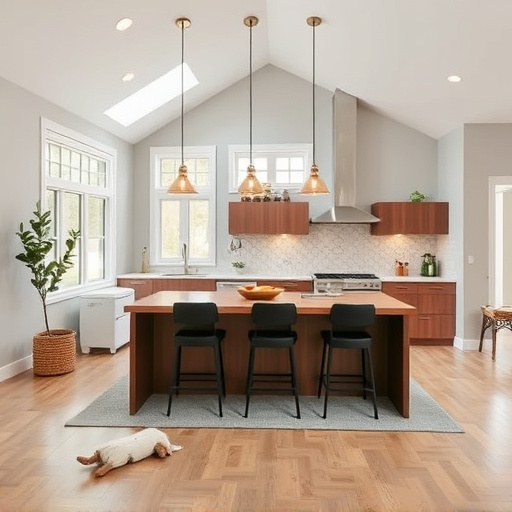
When layering area rugs after flooring replacement work, securing them properly is key for both longevity and aesthetics. Use non-slip pads beneath each rug to prevent shifting, which can cause wear and tear over time. This is especially important in high-traffic areas like kitchens during home remodeling projects, where functional spaces require durable and well-secured rugs.
For an attractive finish, ensure the edges of the rugs align perfectly with the flooring. In kitchen renovations, for instance, where style meets practicality, carefully measure and cut rugs to fit seamlessly. Regularly rotate your area rugs to even out foot traffic patterns, preserving their vibrancy and texture over time.
After completing your flooring replacement work, carefully layering area rugs is a simple yet effective step that ensures both aesthetic appeal and rug longevity. By strategically planning rug placement, you can achieve seamless alignment and maintain a vibrant home interior. Remember to secure the rugs properly to prevent shifting over time, ensuring your new floor covering remains in pristine condition for years to come. This process, while seemingly minor, is a game-changer in maintaining the beauty of your space post-flooring replacement.



